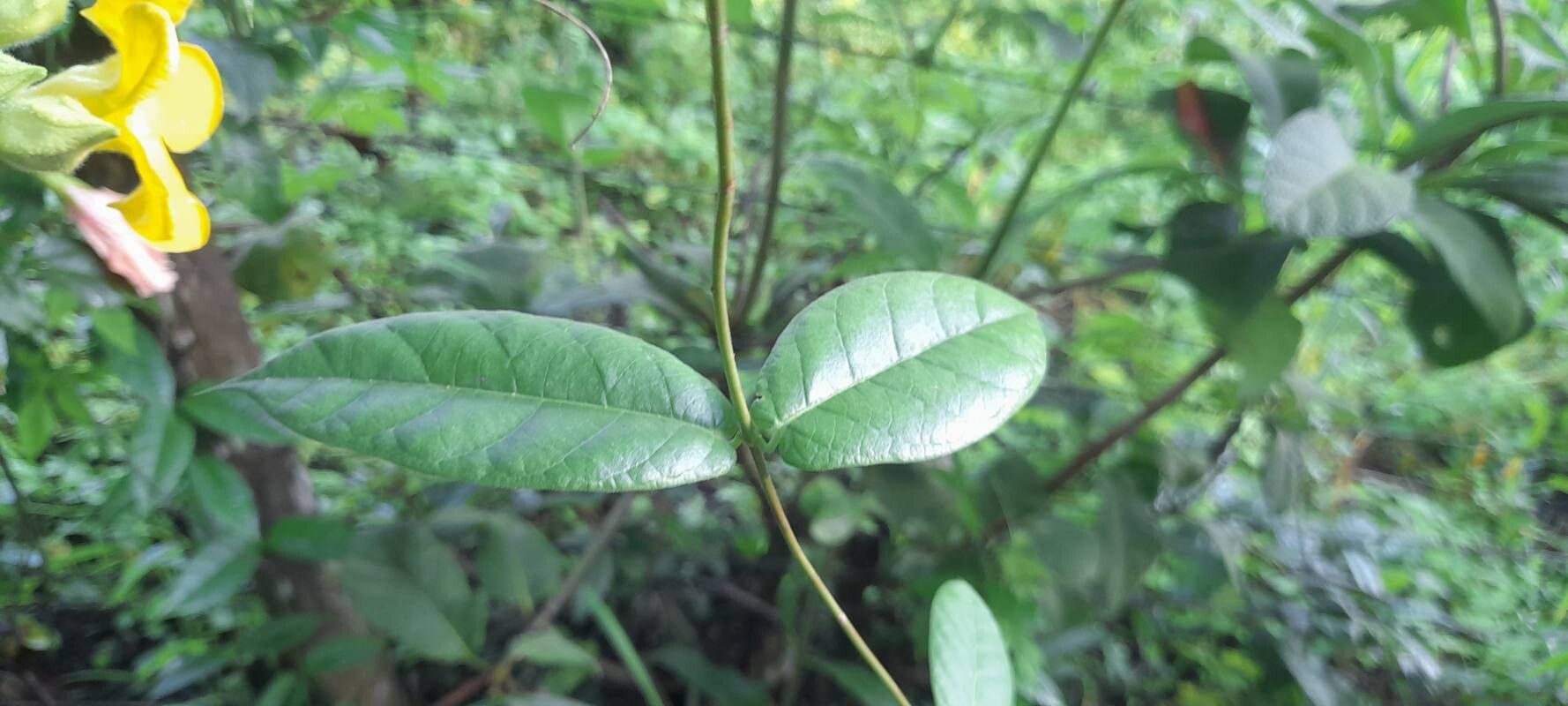From Cutting to Bloom: Mastering Mandevilla Propagation
The vibrant, trumpet-shaped flowers of the Mandevilla scabra, also known as the Brazilian jasmine, bring a tropical touch to any garden. But these beauties can be pricey, leaving some gardeners wondering if they can grow their own. The good news is, you absolutely can!
Mandevilla scabra is relatively easy to propagate, making it a rewarding project for both novice and experienced gardeners. In this post, we’ll delve into the world of Mandevilla propagation, guiding you through the process with clear instructions and helpful tips.
Choosing the Right Time and Material:
The best time to propagate Mandevilla scabra is during the spring or summer when the plant is actively growing.
- Stem Cuttings: The most common method is using stem cuttings. Select healthy, non-flowering stems that are at least 6 inches long and have a few sets of leaves.
- Softwood Cuttings: These cuttings are taken from new growth and are easier to root.
- Semi-Hardwood Cuttings: These cuttings are slightly more mature than softwood cuttings and are taken from stems that have begun to harden.
The Propagation Process:
- Prepare the Cutting: Use sharp, clean shears or a knife to make a clean cut just below a node (where leaves attach to the stem).
- Remove Lower Leaves: Remove the lower leaves from the cutting, leaving the top two or three sets of leaves. This prevents the leaves from rotting in the soil.
- Dip in Rooting Hormone (Optional): To encourage rooting, dip the cut end of the stem in a rooting hormone powder or gel.
- Potting Mix: Choose a well-draining potting mix formulated for cuttings or succulents.
- Planting the Cutting: Insert the cutting into a small pot filled with the potting mix, making sure to bury the node at least an inch deep. Gently tamp down the soil around the cutting.
- Watering and Humidity: Keep the soil evenly moist, but do not overwater. You can increase humidity by placing a plastic bag or dome over the pot.
- Light: Place the pot in a bright, indirect light location. Avoid direct sunlight, especially during the hottest part of the day.
- Patience: Rooting can take several weeks to a few months. Be patient and continue to keep the soil moist and the cuttings in a warm, humid environment.
Signs of Success:
- New growth emerging from the cutting
- The cutting feeling firm and strong when you pull gently on it
- The development of roots visible on the stem or in the potting mix
Tips for Success:
- Sharp Tools: Use sharp shears or a knife to prevent damaging the stem.
- Moisture: Don’t let the soil dry out completely.
- Humidity: High humidity helps to prevent the cuttings from drying out.
- Warmth: Mandevilla scabra prefers warm temperatures, making it a good candidate for indoor propagation.
Enjoy Your New Mandevilla:
Once your cutting has rooted, you can slowly acclimate it to outdoor conditions. Eventually, you can pot it up into a larger container or plant it directly in the garden. Remember to provide adequate sunlight, water, and fertilizer for a healthy and thriving Mandevilla scabra.
By following these simple steps, you can easily propagate your own Mandevilla scabra plants and enjoy their vibrant blooms throughout the summer. Propagation is rewarding on many levels, offering a sense of satisfaction and a cost-effective way to expand your garden. So get your hands dirty, and let the beauty of the Brazilian jasmine flourish in your own garden.

